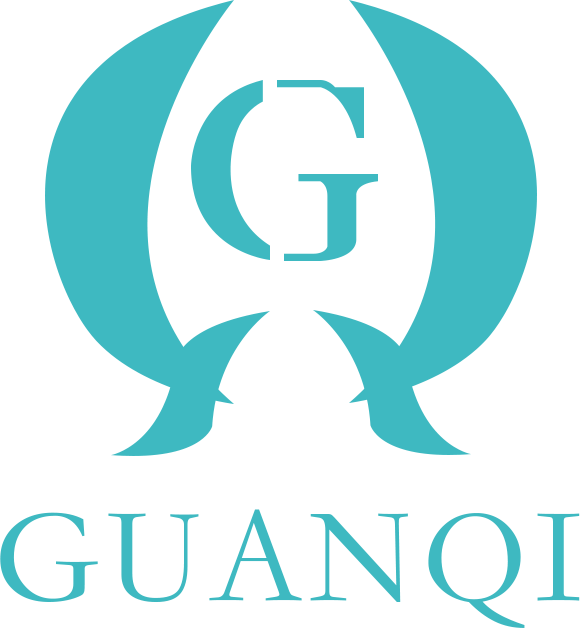Elevate Your Workspace with an Executive Table: A Guide to Functionality and Style
2025-07-13
When it comes to creating a professional and inspiring workspace, the choice of furniture plays a crucial role. An executive table is not just a piece of furniture; it is a statement of authority and professionalism. In the realm of office furniture, executive tables stand out for their design, functionality, and the impression they leave on clients and employees alike.
**Understanding Executive Tables**
Executive tables are typically larger and more robust than standard office desks, designed to cater to the needs of higher management positions. They often feature a spacious surface area that allows for multiple tasks to be accomplished simultaneously, whether it be meetings, paperwork, or the use of technology. These tables often incorporate storage solutions, such as drawers or built-in shelving, to keep the workspace organized and free of clutter.
**Key Features to Consider**
1. **Size and Shape**: Executive tables come in various shapes, including rectangular, oval, and L-shaped designs. The choice of shape can significantly impact the flow of the office environment. Consider the available space in your office and how the table's size will fit within it. The right dimensions can enhance accessibility and communication during meetings.
2. **Material**: The material of an executive table can contribute greatly to its overall aesthetic and durability. Common materials include wood, metal, and glass. Wooden tables often convey a sense of warmth and tradition, while glass and metal can offer a more modern and sleek appearance. Choose a material that reflects the professional image you wish to portray.
3. **Functionality**: Look for features that enhance the table's functionality. This could include cable management systems to keep cords organized, integrated power outlets for charging devices, and modular components that allow for layout flexibility. An executive table should not only look good but also support productivity.
4. **Style**: The design of the executive table should match the overall theme of your office. Whether your style leans towards modern minimalist, classic elegance, or industrial chic, there are numerous designs available to fit your vision. A well-chosen table can enhance the aesthetic appeal of your office environment.
**Why Choose an Executive Table?**
Investing in an executive table is an investment in your work environment. It sets the tone for meetings, reflects your professionalism, and contributes to a productive atmosphere. More importantly, the right executive table can boost your confidence and help you feel more in control of your workspace.
In conclusion, selecting the right executive table requires careful consideration of size, materials, functionality, and style. By prioritizing these elements, you can create a workspace that not only meets your practical needs but also inspires creativity and leadership. Elevate your office with a well-chosen executive table and watch how it transforms your professional experience.
**Understanding Executive Tables**
Executive tables are typically larger and more robust than standard office desks, designed to cater to the needs of higher management positions. They often feature a spacious surface area that allows for multiple tasks to be accomplished simultaneously, whether it be meetings, paperwork, or the use of technology. These tables often incorporate storage solutions, such as drawers or built-in shelving, to keep the workspace organized and free of clutter.
**Key Features to Consider**
1. **Size and Shape**: Executive tables come in various shapes, including rectangular, oval, and L-shaped designs. The choice of shape can significantly impact the flow of the office environment. Consider the available space in your office and how the table's size will fit within it. The right dimensions can enhance accessibility and communication during meetings.
2. **Material**: The material of an executive table can contribute greatly to its overall aesthetic and durability. Common materials include wood, metal, and glass. Wooden tables often convey a sense of warmth and tradition, while glass and metal can offer a more modern and sleek appearance. Choose a material that reflects the professional image you wish to portray.
3. **Functionality**: Look for features that enhance the table's functionality. This could include cable management systems to keep cords organized, integrated power outlets for charging devices, and modular components that allow for layout flexibility. An executive table should not only look good but also support productivity.
4. **Style**: The design of the executive table should match the overall theme of your office. Whether your style leans towards modern minimalist, classic elegance, or industrial chic, there are numerous designs available to fit your vision. A well-chosen table can enhance the aesthetic appeal of your office environment.
**Why Choose an Executive Table?**
Investing in an executive table is an investment in your work environment. It sets the tone for meetings, reflects your professionalism, and contributes to a productive atmosphere. More importantly, the right executive table can boost your confidence and help you feel more in control of your workspace.
In conclusion, selecting the right executive table requires careful consideration of size, materials, functionality, and style. By prioritizing these elements, you can create a workspace that not only meets your practical needs but also inspires creativity and leadership. Elevate your office with a well-chosen executive table and watch how it transforms your professional experience.
Previous page
Previous page:
Recommended news








